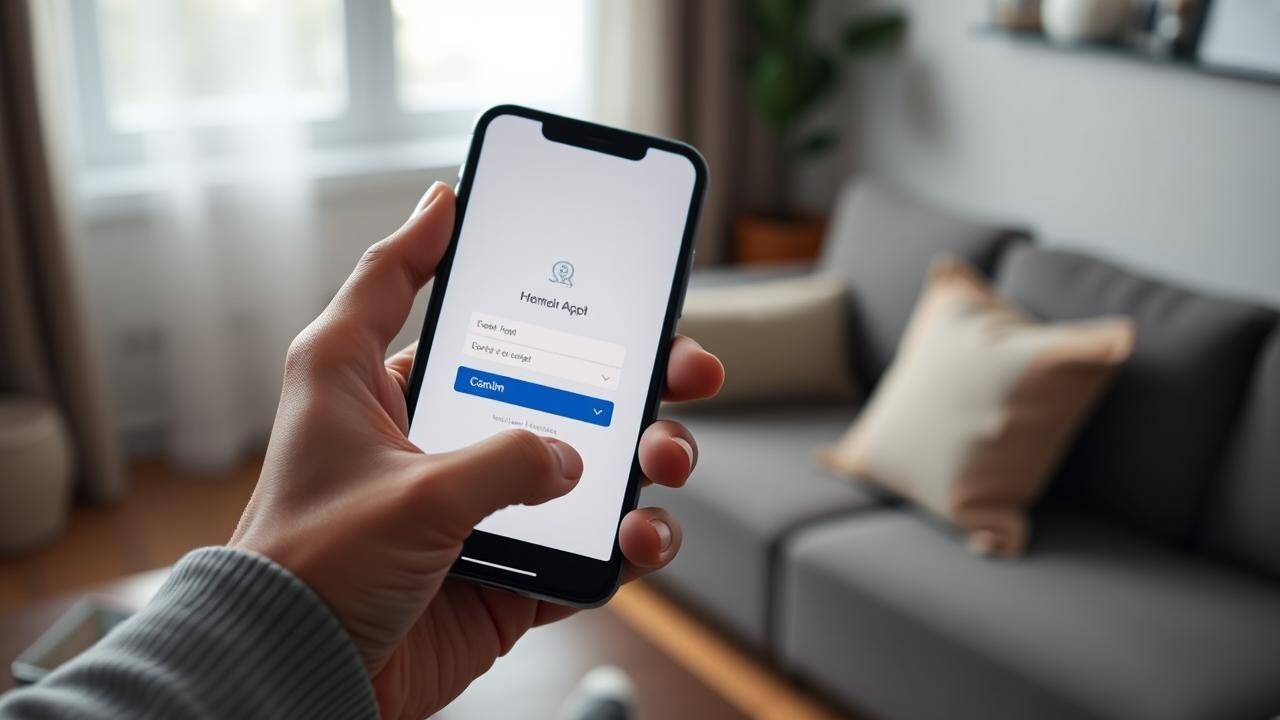Common Banking Scams in India and How to Protect Yourself
In today’s digital age, banking has become faster, easier, and more convenient. However, with the rise of online transactions and mobile banking, cybercriminals have found new ways to deceive customers. From phishing messages to fake investment schemes, banking scams are growing rapidly, targeting individuals who may unknowingly share sensitive information. Understanding these scams and learning how to stay protected is essential to safeguard your hard-earned money.
Emails with grammatical errors or suspicious links
Promises of unrealistic returns or offers that sound “too good to be true”
Requests for OTPs, PINs, or passwords — legitimate banks never ask for these details

Types of Common Banking Scams
1. Phishing Scams
Phishing is one of the most widespread forms of banking fraud. Scammers send emails or messages pretending to be from a legitimate bank or financial institution. They lure victims into clicking on malicious links or sharing personal details like passwords, ATM PINs, or OTPs. Once these details are obtained, fraudsters gain unauthorized access to the victim’s bank account.2. Vishing and Smishing
Vishing (voice phishing) and Smishing (SMS phishing) involve phone calls or text messages that appear genuine. Fraudsters often pose as bank employees and request confidential details, citing false emergencies like account verification or suspicious transactions. Many victims fall prey to these tactics due to the sense of urgency created during the conversation.3. Card Skimming
Card skimming occurs when fraudsters install small devices at ATMs or POS terminals to steal card information. When you swipe your debit or credit card, the skimmer records the card’s magnetic stripe data. This information is later used to create duplicate cards for unauthorized transactions.4. Fake Banking Apps and Websites
Fraudsters often design fake banking applications and websites that closely resemble authentic ones. Once users log in, these fake platforms capture their credentials. Such scams have become increasingly common with the popularity of mobile banking.5. Lottery and Reward Scams
Victims are informed that they have “won” a lottery or reward from their bank, but to claim the prize, they must pay a “processing fee” or share banking details. These fake offers often trick people into disclosing sensitive financial information.6. Investment and Loan Scams
Scammers offer attractive loan schemes or investment opportunities at unbelievably low-interest rates. Victims are asked to pay an upfront processing charge, but once the money is transferred, the scammers disappear.How to Identify a Banking Scam
The first step in prevention is awareness. A few red flags can help identify a potential scam:- Unsolicited messages or calls demanding urgent action
How to Stay Protected
1. Verify Communication Sources
Always verify the authenticity of messages and calls claiming to be from your bank. Contact your branch or customer care directly using official contact details from the bank’s website.2. Avoid Clicking on Unknown Links
Never click on links or download attachments from unknown or suspicious sources. Access your bank’s website or app directly through trusted URLs or official app stores.3. Use Secure Networks
Avoid performing banking transactions over public Wi-Fi networks. Always use a secure internet connection when accessing online banking services.4. Regularly Monitor Bank Statements
Check your bank statements and transaction alerts frequently. Report any unauthorized activity immediately to your bank to prevent further losses.5. Enable Two-Factor Authentication
Most banks offer two-factor authentication for additional security. This ensures that even if your password is compromised, your account remains protected through a verification code sent to your phone.6. Update Passwords and Security Details
Regularly change your online banking passwords and ensure they are strong — a mix of letters, numbers, and special characters.7. Report Suspicious Activity
If you receive any suspicious communication, report it to your bank and to the National Cyber Crime Reporting Portal (www.cybercrime.gov.in). Quick reporting can prevent scams and help authorities track fraudsters.Government and RBI Measures
The Reserve Bank of India (RBI) has been actively working to educate consumers about cyber safety. Campaigns like “RBI Kehta Hai” encourage customers to be alert and avoid sharing confidential details. Additionally, the government’s Cybercrime Helpline (1930) is available for victims to report financial frauds quickly.Conclusion
Banking scams have evolved with technology, but so have the tools and measures to fight them. Awareness, caution, and quick response are your best defenses against such frauds. Always remember: no genuine bank or financial institution will ever ask for your personal credentials over a call or message. Staying informed and vigilant can help you protect your finances in the digital age.Next Story